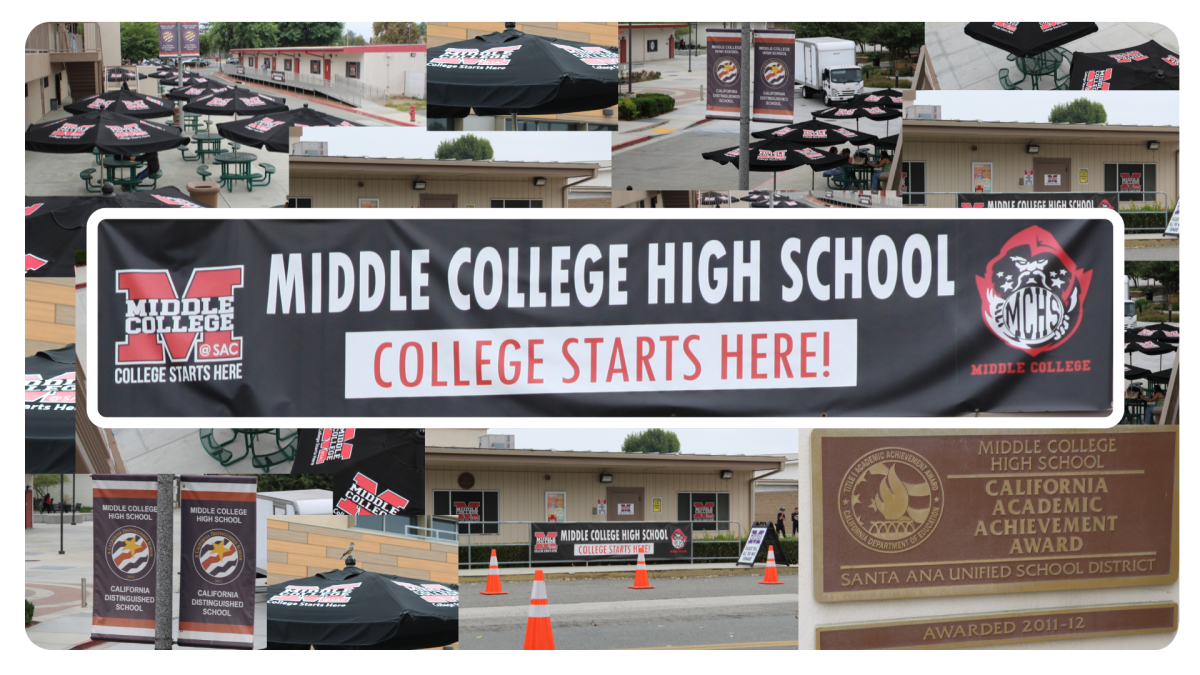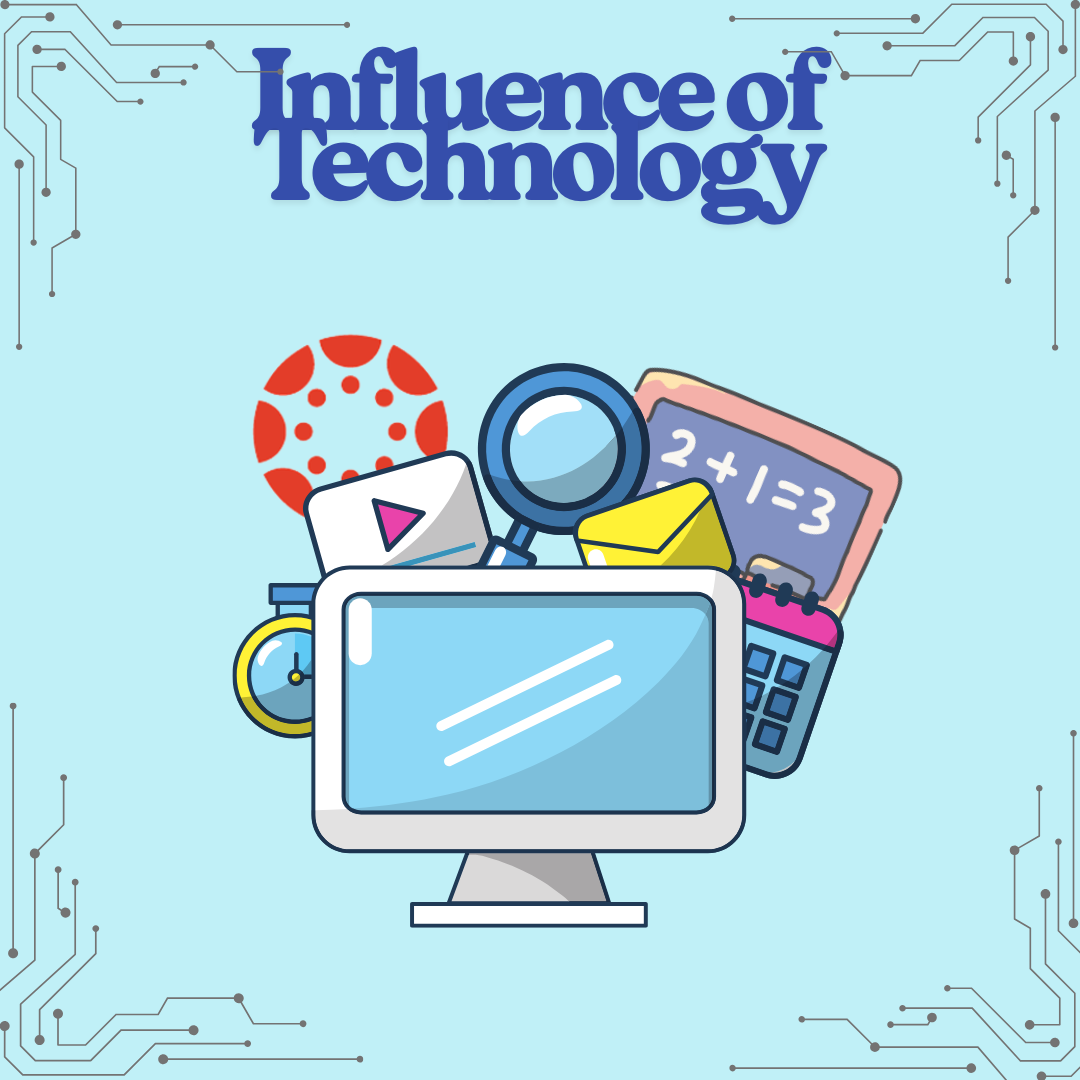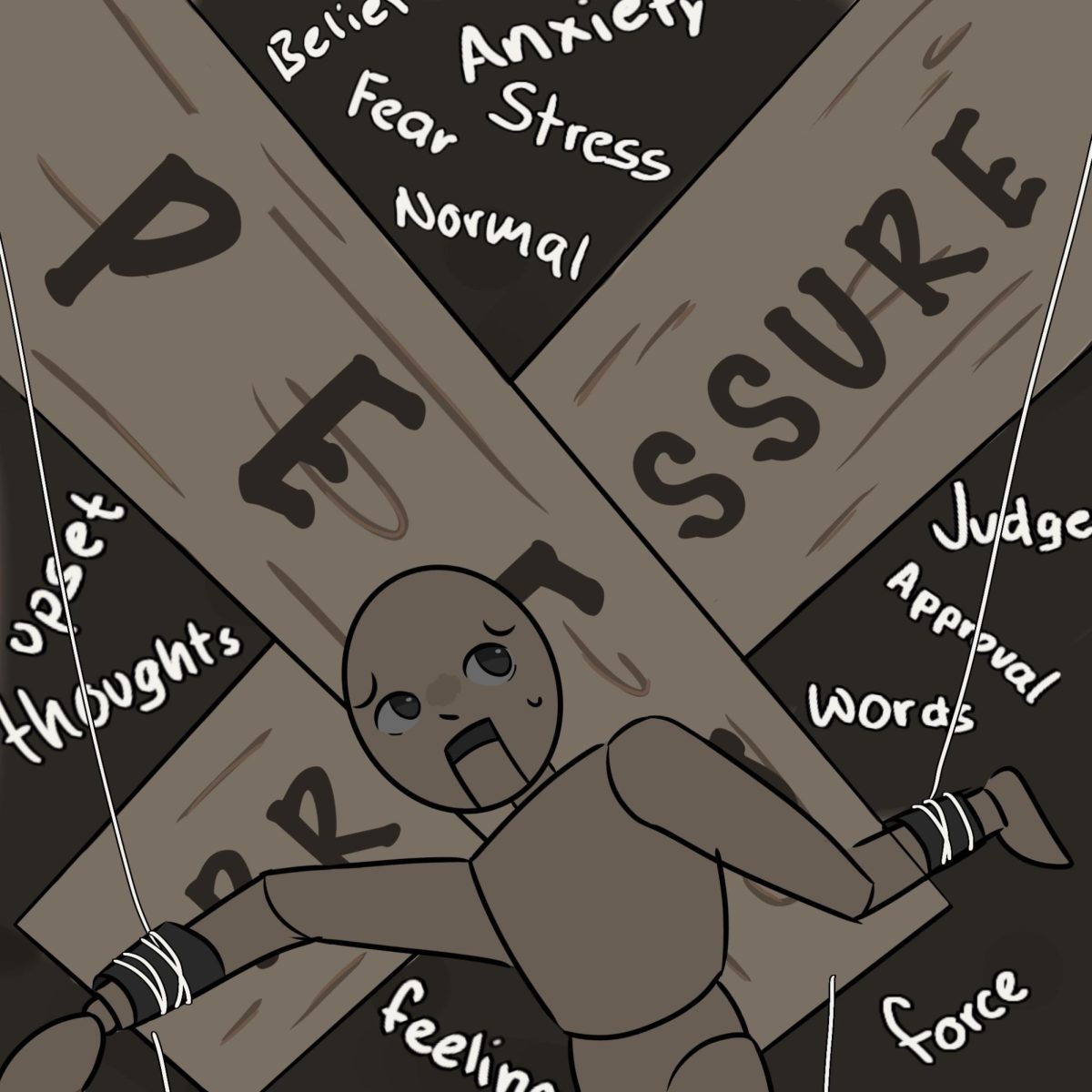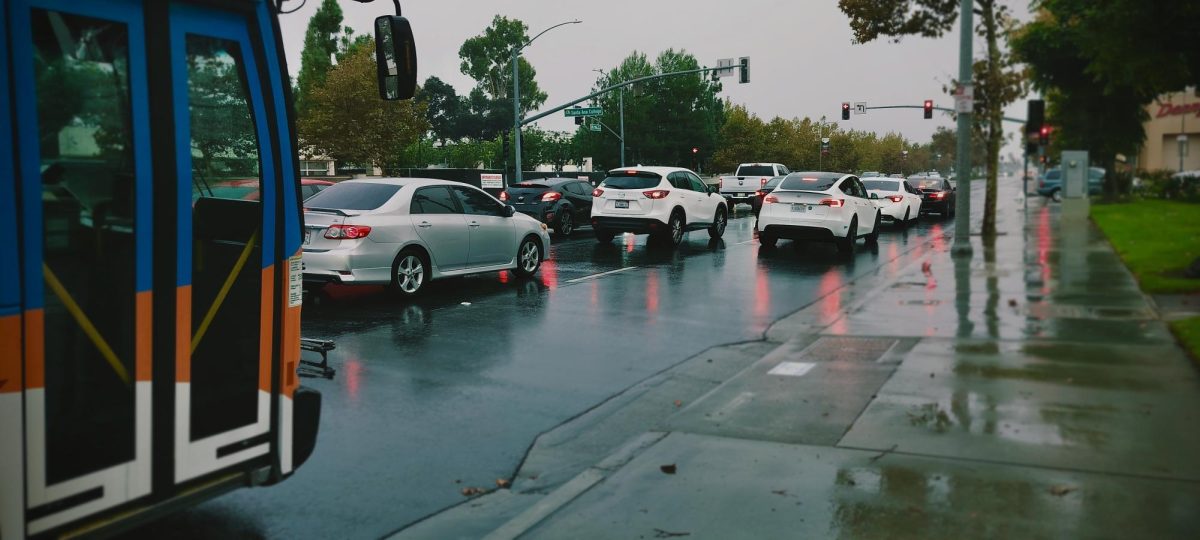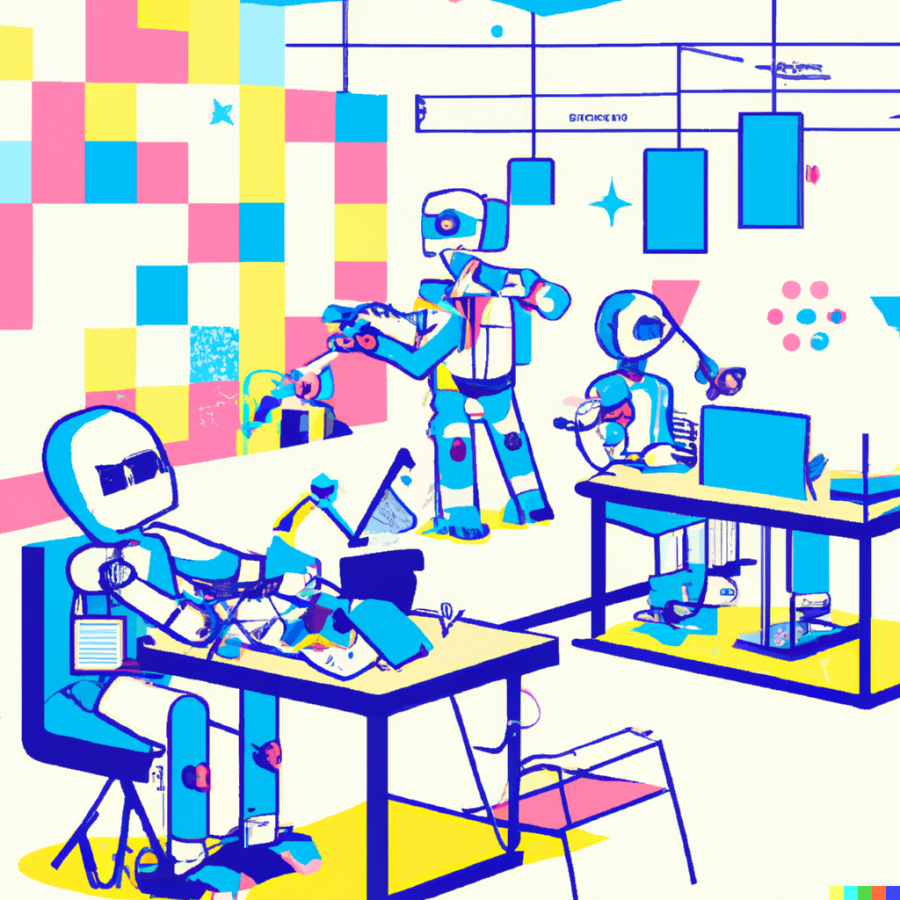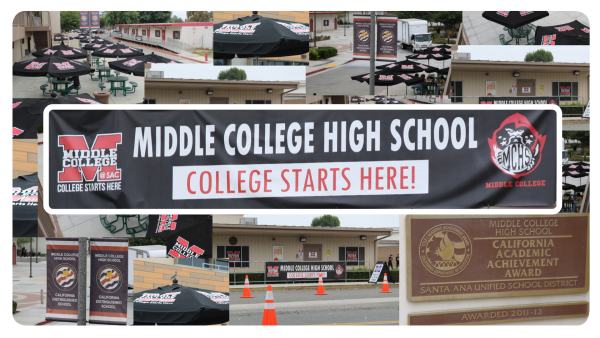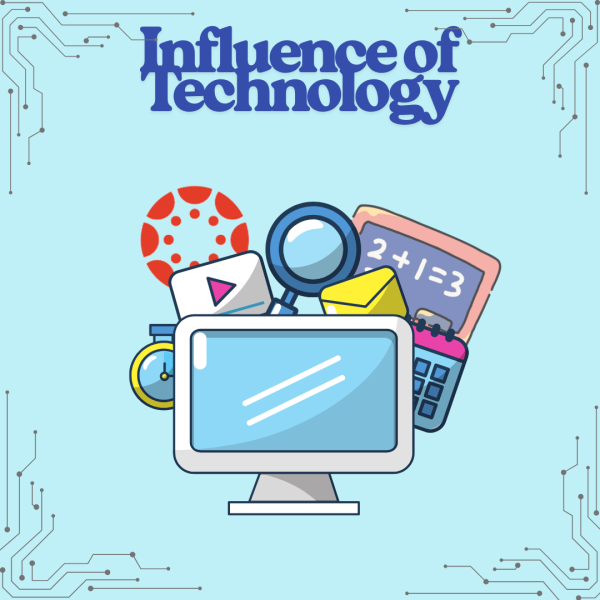Will you be replaced by technology in the workforce?
Brandon Rubalcava (created with DALL-E image creation tool)
In the future, will you replaced by a robot?
When doing research on potential careers or jobs in certain fields, many people tell you to look at projected job growth, salary, education required, and things of the sort. What many fail to look into or even consider is how sustainable that job may be against artificial intelligence. So the question you should be asking is: should the threat of artificial intelligence be a deterrent or an encouragement to pursue a certain career?
People may think of artificial intelligence to be a very complicated topic and something we do not really see in our day to day lives, but this is not at all the case. Artificial intelligence is simply the idea of a computer system or machine simulating human intelligence or processes. These could be very basic things that we all use daily. Google Maps, Amazon Alexa, and even that plagiarism checker your English teacher uses, are all, while very basic, forms of artificial intelligence.
There have been many instances in history where people feared being replaced by machines in their jobs. New technology would arrive, and workers would assume that this technology would be put in place to do their jobs and they would be left to figure it out themselves. It is safe to say that on a mass scale, those fears have been incorrect. Up to this point, there is no mass job shortage crisis, considering the 10.1 million job openings as of August 2022.
Examples of these automation fears date back hundreds of years, but one of the most prominent comes from the Luddite movement. On October 9, 1779, groups of textile workers from Manchester, England rebelled against the introduction of machinery into their work as it posed a threat. This was the start of the Luddites, an organization whose ideology was based on standing against mechanization in skilled industries.
The thing about these past anxieties is that there was no visible exponential growth in technology. Sure, useful inventions arose, but it does not compare to today. One of the most practical examples is phones. 20 years ago, flip phones were in use, which were only used for simple services like phone calls. Now, phones can be used for just about everything: GPS navigation, anything on the internet, chatting across the world, unlimited catalogs of music; in fact this is being typed and submitted on a phone. If you get lost in the middle of nowhere without any cell service, your phone can now point you to a satellite and connect to emergency service.
The effects of this rapidly advancing technology on the workforce, while limited, can be seen today. A study conducted by MIT suggests that from 1990 to 2007, 400,000 jobs were lost as a result of automation. While this number may seem high, it may pale in comparison to the total workforce of 153 million in 2007.
Technology hasn’t been implemented only to replace humans, it has also been used alongside them. This is one of the more obvious impacts and one that can be observed more locally. The use of computers and office software in place of a pen and paper has been pretty much a universal change for workers. This is the case not only at work, but also in schools and classrooms.
An anonymous local grocery store worker, who has been working for Northgate Markets for more than 20 years shared her experience with technology in the workplace.
“It has changed [work] a lot, we stop completely if the system fails or crashes, we paralyze ourselves because of that, so much technology is not good, and at the same time, unfortunately, you cannot live without it,” she said.
Predicting what this exponential technological growth will do to the workforce is very difficult, but it’s not impossible. Computer science undergraduate from University at Buffalo, NY Robby Pruzan commented on a timeline of replacement.
“Likely within 15 years, language models like GPT-3 (OpenAI) and PaLM (Google) already nearly match or exceed humans on all [Current] benchmarks. Commercialization of these products is already happening- Github Copilot writes around 25% of code for users,” he said.
A language model is basically an artificial intelligence program that takes a human input and computes what it thinks the most useful result will be. An example of one of these benchmarks is The Stanford Question Answering Dataset, where Stanford University attendees got beat out by more than 25 language models. A more practical example of a language model would be OpenAI’s artificial image creation tool DALL-E 2, which takes a human text input to generate images like these.

“As long as we stay on this current trajectory, a good chunk of the workforce can probably be automated in 10 years, and another five for the technology to be integrated well enough for job replacement,” said Pruzan.
Taking into account the data we have now and the idea of exponential growth of technology, this rate may be a strong possibility.
This timeline of when job replacement may start taking place will also vary by specific jobs and job sectors. Statistics and Computer Science undergrad Alex Urbanski commented on his prediction on how this difference may look for different types of workers.
“I think the main occupations that are at risk of mass replacement are factory workers, truckers, and fast food employees. For factory workers, they are already being replaced and factory automation robots are rapidly innovating. However, there are millions of factory workers, and it is difficult to achieve a scalable automation solution to replace less than 50 percent of humans, so I don’t think that will happen for at least another 10 years,” he said.
As stated before, trying to predict what the future will look like in terms of job automation is very difficult. Using the data and information that we have now can be used to try and make the most accurate predictions, but it is just an attempt. It is fair to say however, that the automation of jobs will come in our lifetime, and it is definitely something to consider for the future.

I thoroughly enjoy drinking jamba juice, I'm a huge USMNT fan, and I have a horrible music taste.


